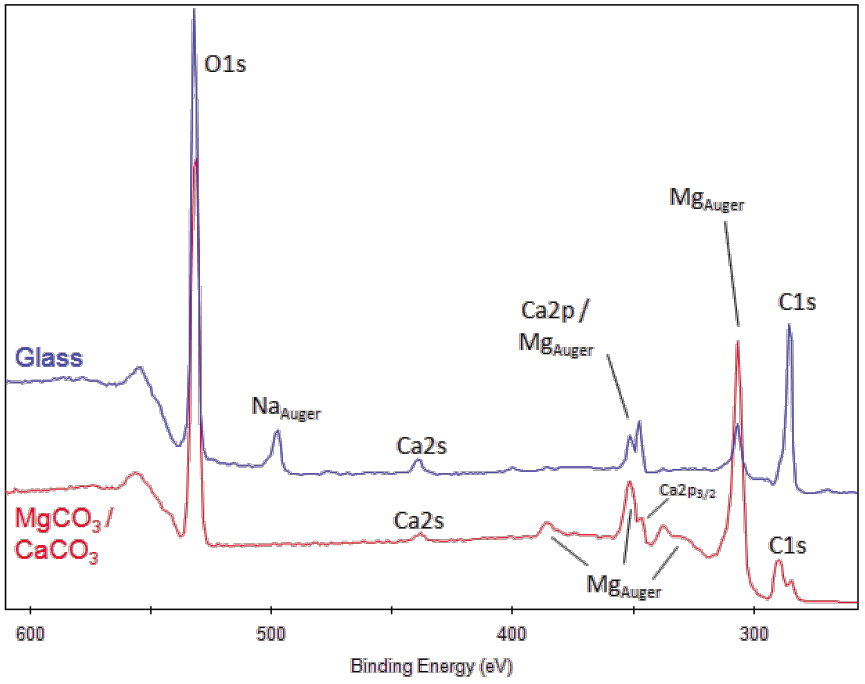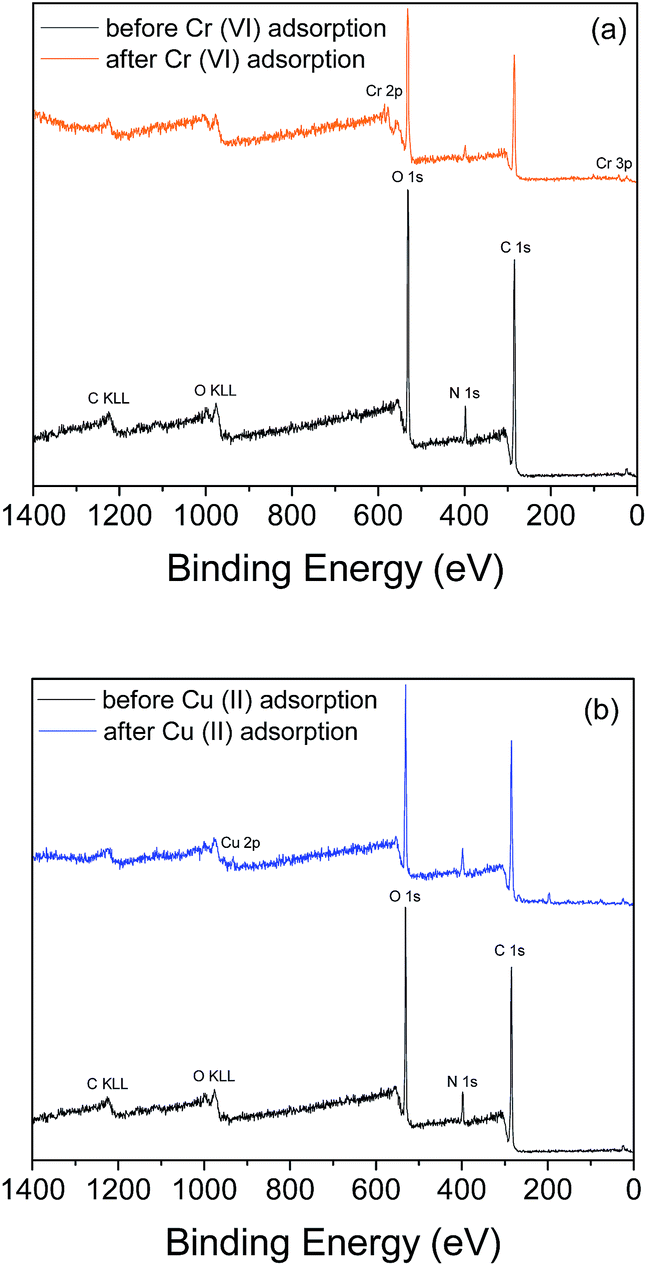
Spectra include a survey scan, C 1 s and F 1 s regions, and the F KLL Auger transitions. A freshly cut surface was examined using monochromated Al K x-rays. The specimen consists of 17 wt PVdF and 83 wt graphite. Graphene thicknesses calculated for multiple samples. XPS spectra of graphite-filled poly (vinylidene fluoride) (PVdF) are presented.

The thickness of mono, 2L and multi-layered graphene are within 10-20% of known values.Įstimated structure with thicknesses for 2L/SiO2 sample. Normalized peak intensities from single spectral acquisitions at 20° TOA and narrow angular acceptance mode were used to calculate thicknesses. Thicknesses of graphene layers, as well as adventitious carbon on top of it, were calculated for all samples using PHI’s StrataPHI algorithm for thin film structures. D parameter value of 16-19 confirms sp 2 character of carbon due to graphene. Middle: D-parameter extracted from C KLL Auger transition. Contrast due to inhomogeneity in graphene coverage is observed. SXI image of multilayered Graphene on SiO 2. The D-parameter, extracted from the C KLL Auger transition, is very useful for differentiating between sp 3 and sp 2 character of carbon. The X-ray beam induced secondary electron image (SXI) is sensitive to inhomogeneity in graphene. It can be seen that the time required for sputtering of oxygen and carbon from the tip Fig. Right: REELS spectra as a function of the number of layers of graphene – from monolayer to unsupported graphene sheet. The peak-to-peak heights of the Mo MNN, C KLL and 0 KLL Auger peaks, divided by the standard sensitivity factors, have been plotted in atomic concentration mode as a function of sputter time. Left: REELS spectra from a bare substrate (SiO 2) and monolayer graphene samples supported on quartz and on SiO 2.

The position and intensity of this peak are directly proportional to the thickness of graphene films, which opens the potential for developing a quantitative calibration curve for graphene thickness based on energy loss spectra. The presence of peak due to sp 2 hybridization at 4-6 eV lower than the elastic scattering peak is a very fast way to confirm the presence of graphene.


 0 kommentar(er)
0 kommentar(er)
